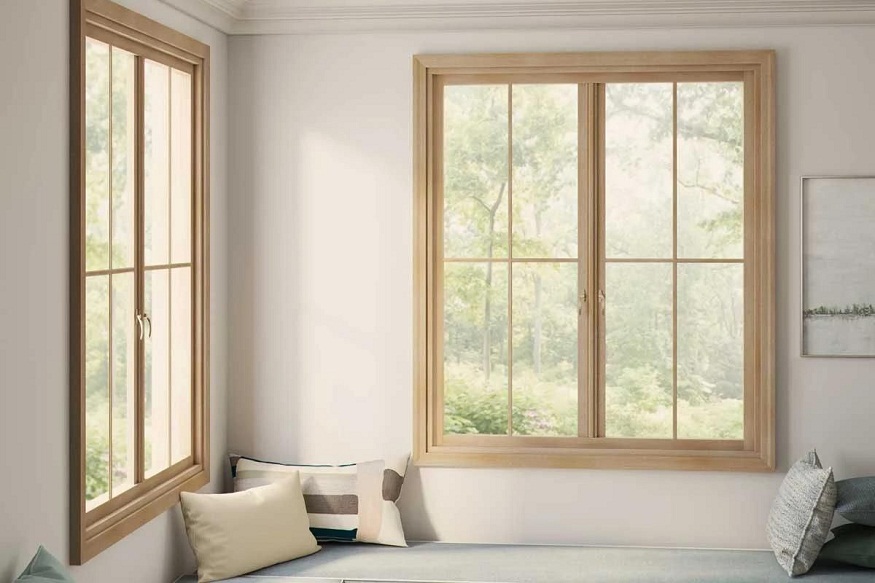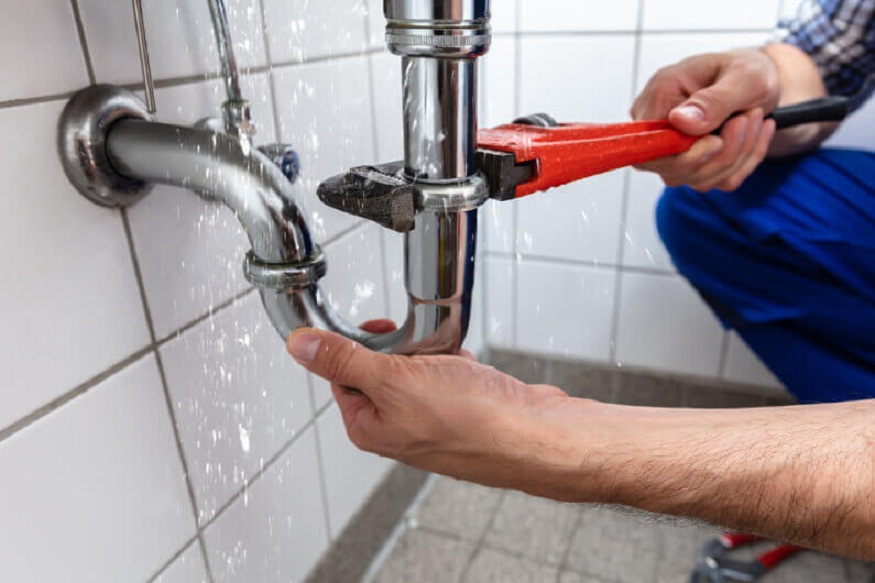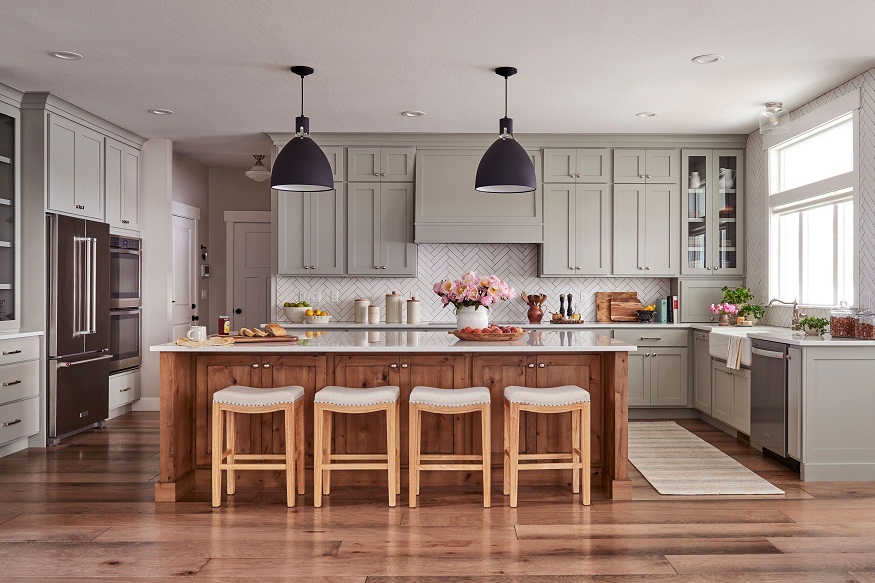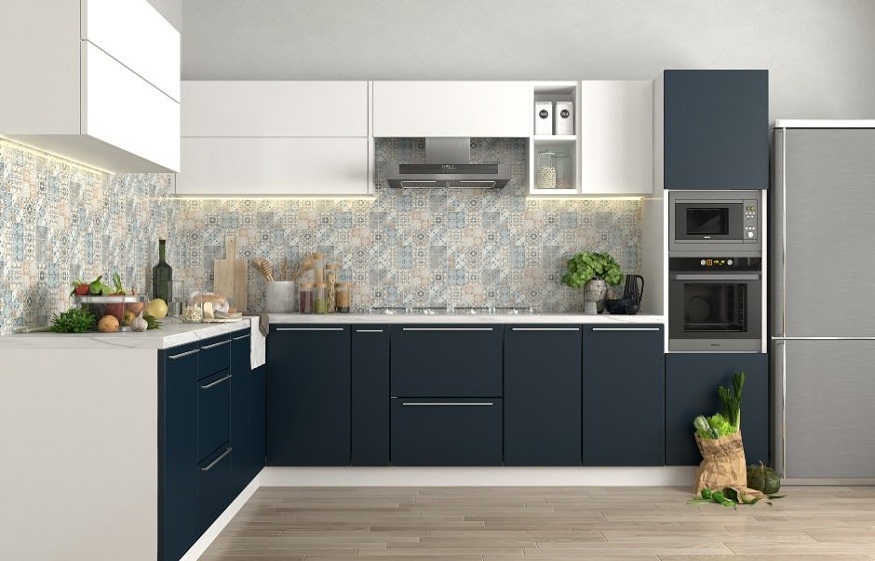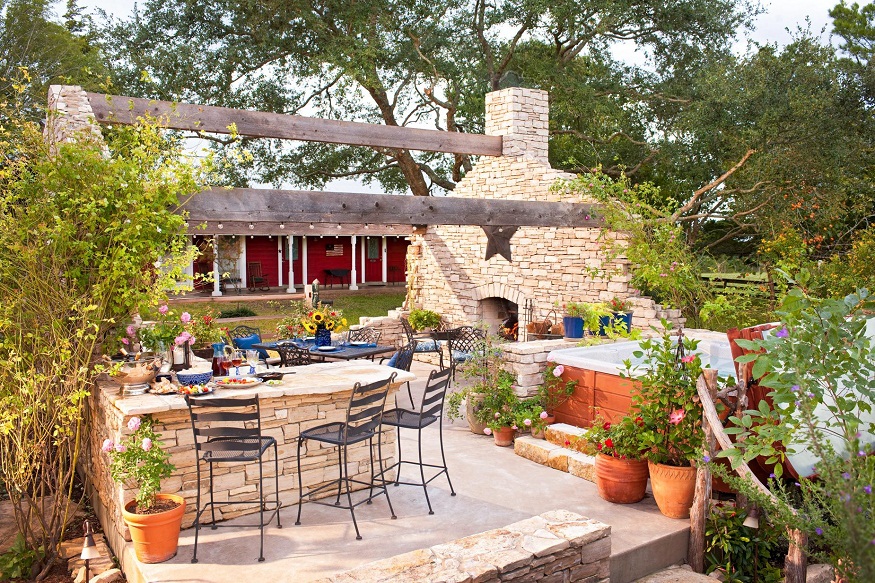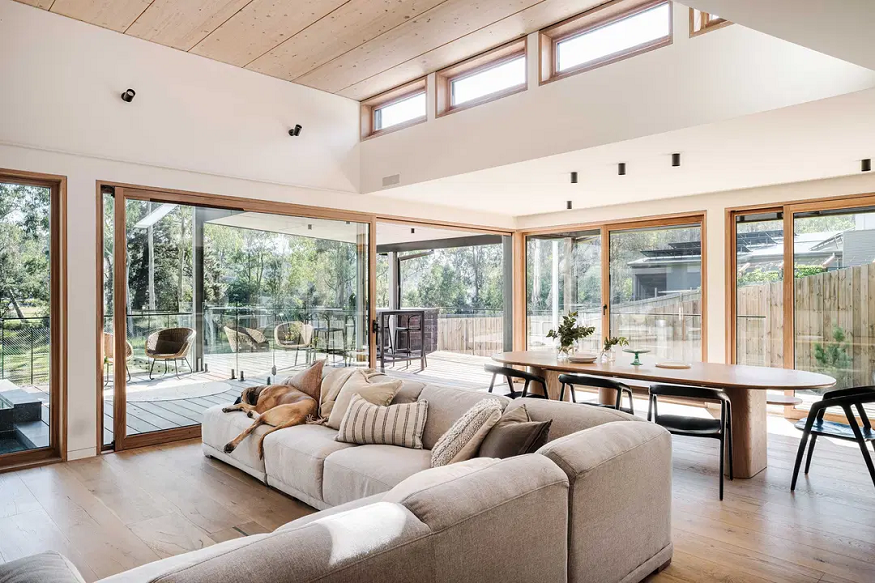
However, this work remains costly and complex, with relatively modest energy savings. However, it does offer increased comfort. However, the joinery must be well-suited to the project and meticulously executed. Here’s a practical guide to help you make the right choices.
Diagnosis: When should you change your windows?
Reason for the change: Windows account for “only” 10 to 15% of heat loss in an uninsulated home. Therefore, you shouldn’t expect significant energy savings from making changes to this area. However, old or poorly installed windows and doors are often uncomfortable. They can create a significant “cold wall” effect and allow drafts to pass through.
Indicator: It is important to remember that if you have single-glazed or double-glazed windows, a quick replacement is necessary. If your windows are old double-glazed (4-12-4), a medium-term replacement should be considered.
Prerequisites: Before starting this work, it will be necessary to check the nature and condition of the wall to ensure a sound foundation. Furthermore, it is ideal to plan the window replacement at the same time as the wall insulation so that these two batches are perfectly coordinated and offer the expected energy gains.
Definitions: windows, what are we talking about?
Before going into detail, a little vocabulary is required to speak the same “language” as your interlocutors.
Window: The frame generally has a fixed part (the frame) and a movable part (the opening).
Insulating glass: Glass units are designated according to the thickness of the elements that make them up, from the outside to the inside. Most often, a window consists of several panes of glass separated by an insulating gas (argon). Here are some examples of double glazing:
laminated glass
In the case of 44.2 glass , the two numbers 4 indicate the presence of two panes of glass, each 4 mm thick. The number 2 specifies that there are two PVB films between them. This is a fairly solid glass. To understand this, here are some examples of double glazing with laminated glass:
Wood: Wood joinery offers good performance, an attractive price, and the best eco-balance, provided that certified wood is used. Ideally, you should opt for naturally sustainable wood (classes 3 or 4) to avoid polluting treatments (fungicides, insecticides). Unlike other solutions, wood is easily repairable (wood pulp) and very easily recycled.
wooden window
The main limitation concerns maintenance. A surface stain should be applied to the frames most exposed to the weather approximately every two years.
PVC: PVC windows are efficient, inexpensive, and maintenance-free, which explains their popularity. However, their environmental impact is very unfavorable.
PVC window
The raw materials used, such as chlorine, are non-renewable. Furthermore, PVC contains harmful substances (heavy metals, phthalates, etc.) and releases toxic fumes that can be fatal in the event of a fire. Recycling it through landfill or incineration is also challenging.
Aluminum: Aluminum is expensive but offers the longest lifespan: more than 60 years compared to 40 to 50 years for wood or PVC. It also offers a very modern look with a wide range of finishes. For insulation, you should opt for joinery with thermal breaks to achieve good performance.
aluminum window
Aluminum windows allow for very large glazed surfaces (ACTEA).
The environmental impact is rather unfavorable because the energy required for its manufacture is very high and the raw materials used are not renewable. However, this point must be balanced against highly efficient recycling.
Mixed: These joinery solutions combine the advantages and disadvantages of both “Wood” and “Aluminum” solutions. The main advantage is that the exterior part does not require wood treatment, since it is made of aluminum. This type of joinery remains relatively unused due to its high price.
mixed wood and aluminum window
Local Urban Planning Plan (PLU): Before making your choice, you should take a look at the PLU, which sometimes imposes colors or materials. If it is not possible to replace the windows, installing a second window on the interior side should be considered. This is called a double window.
Type of glazing: single, double or triple?
Single glazing is too inefficient and no longer available on the joinery market. Triple glazing, on the other hand, is reserved for very specific uses such as high-energy-performance houses . Undoubtedly, double glazing remains the best choice because it represents the ideal compromise between thermal performance, solar gain and price.
VIR double glazing: More specifically, you should opt for reinforced insulation double glazing for maximum efficiency. This double glazing, known as “VIR” or “ITR” (reinforced thermal insulation), is composed of two layers of glass between which an inert gas acts as insulation. In addition, a layer of metal oxides, placed on the exterior face of the interior glazing, traps some of the radiation in the home. This is sometimes referred to as “low emissivity.” This double glazing is therefore well-suited for winter comfort.
